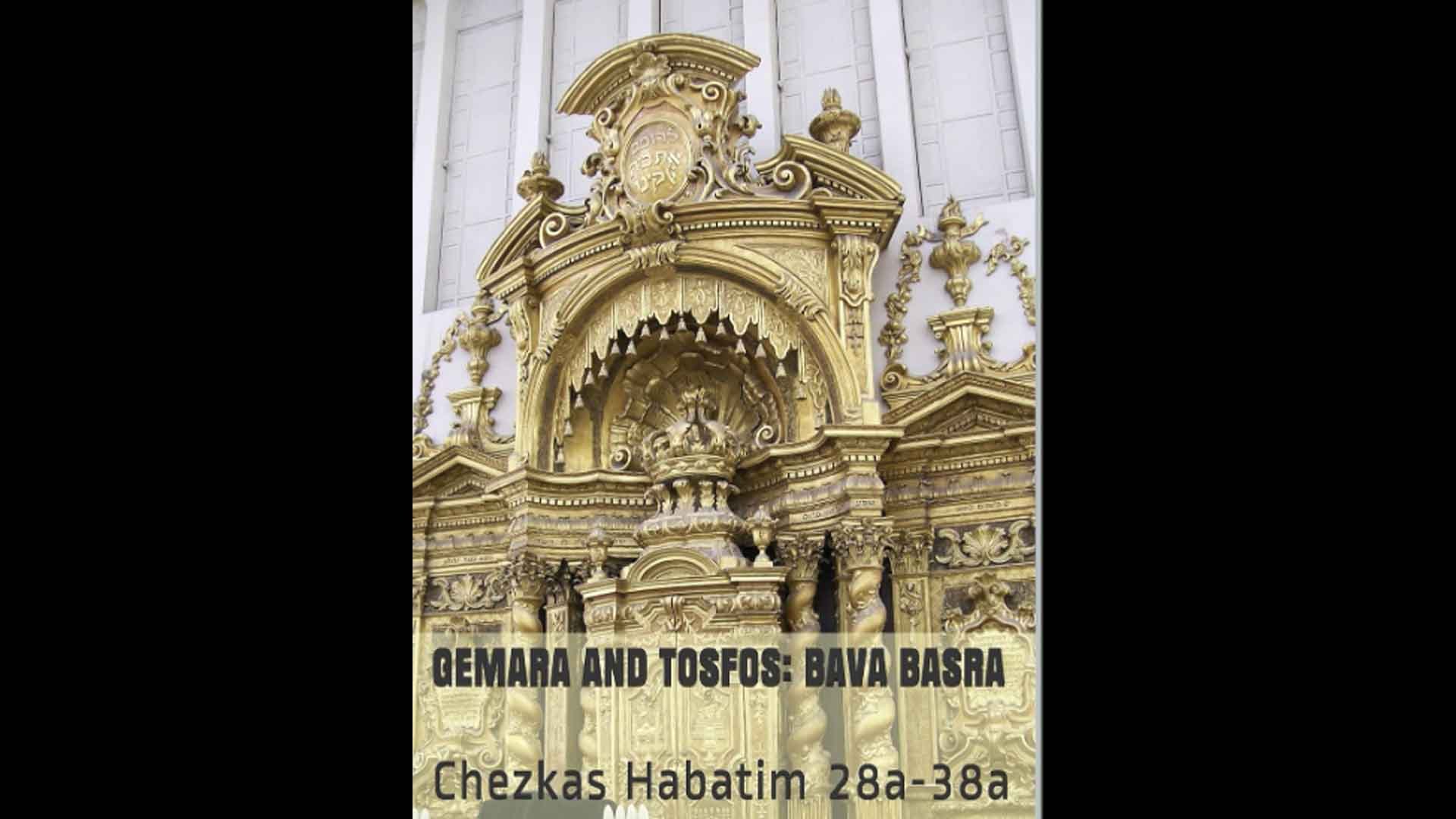For the source text click/tap here: Bava Batra 29
To download, click/tap here: PDF
Why have the rabbis understood that chazaka, presumptive ownership, is established after three years? The Gemara uses a number of examples to illustrate the rabbis' reasoning. It explains that after one year, an owner might let it go when another person profits from use of his land. After two years he might do the same. But after three years had passed, an owner would stand up and claim his land.
Rav Yosef said that it is written in the verse detailing the purchase of a field from Hanamel by Jeremiah, his cousin, during the time of the siege of Eretz Yisrael:
“Men shall buy fields for money, and subscribe the deeds, and seal them” (Jeremiah 32:44).
This describes the writing of a bill of sale to serve as proof of ownership of the field, since he was unable to remain living there for three years to establish the presumption of ownership. As the prophet Jeremiah stood in the tenth year of King Zedekiah’s reign and warned people to write bills of sale for the eleventh year, when Eretz Yisrael would be overrun.
Consequently, despite the fact that one purchasing a field there would be able to live on the land for two years, this would not be sufficient to establish the presumption of ownership, which is why he said that they should have bills of sale written.
We explore the rhetoric and historicity of the book of Jeremiah.









